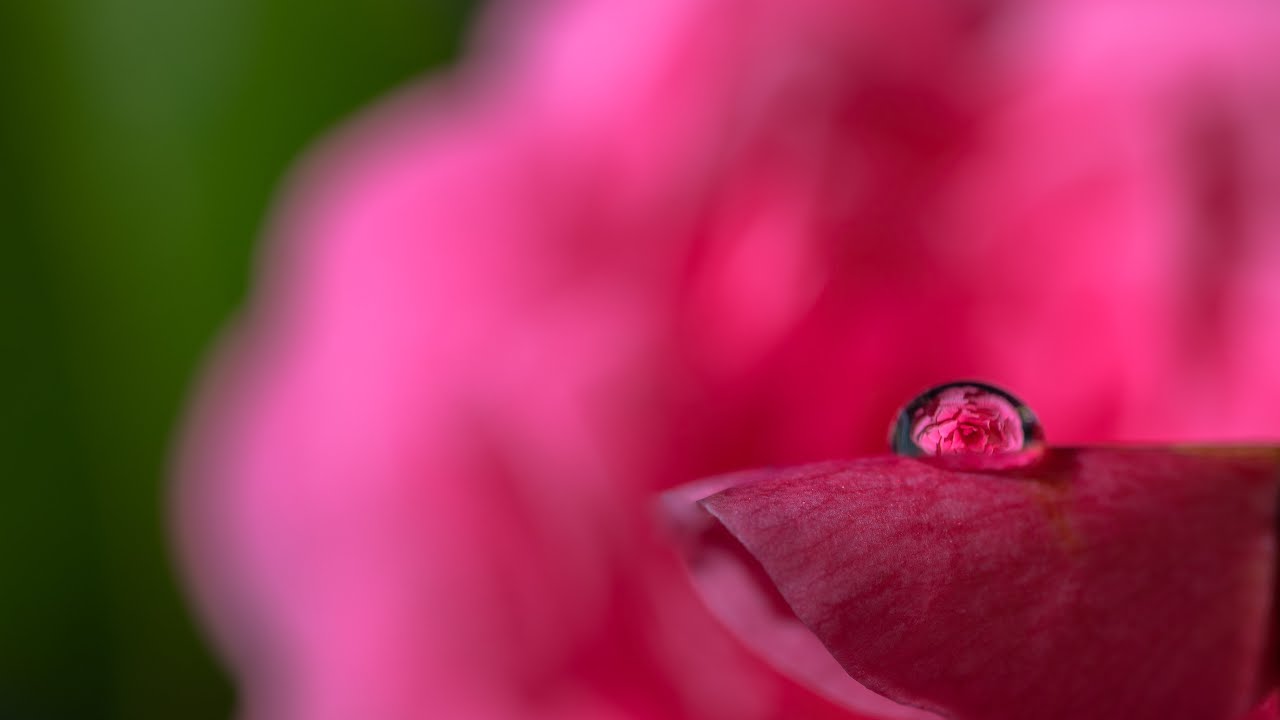What is Macro photography? Micro lenses are more compact and have less serious flaws, however they lack the clarity and high definition of a large format lens. Both Micro and macro lenses are available for any camera make and model. Many of the most popular and well-respected brands in the photography produce both types of lens.
Macro photography is extremely close up photography, normally of living creatures and objects, usually with the size of an average object in the photo being greater than life size (this is referred to as the “diptoid” pixel). Dippers are the most common photographers of this type of photography. Dippers use a camera that has a small sized lens and tiny pinhole camera sensors. These tiny pinhole camera sensors capture the moving objects in the foreground of the photo. This results in a highly magnified view of the action or subject. The result is a highly vivid and clear image.
The majority of digital cameras now have a built in mirrorless camera. The mirrorless cameras share many of the same features and advantages of the traditional mirror cameras but eliminate the need for the mirror. These cameras produce photos of greater clarity, detail and sharpness than their mirrorless brothers. However, there are some important differences to take note of.
Mirrorless cameras with a built in mirror have the same optical glass, which enables the camera to achieve macro photography. These are also generally more expensive than typical micro lenses. The main difference is that there is no mirror which allows for greater depth of field. Micro lenses must follow the path of light through the focus area, which is impossible to do if it is in a dark room or environment.
Some macro photography involves taking photographs of actual insects and other small creatures. Examples of this type of photography can be found in National Geographic magazines. The magazine will often feature different kinds of creatures from all over the world. Micro lenses are often used to capture these tiny insects. By using a close up lens coupled with a fast shutter speed, it is possible to capture movement and intricate details in these tiny images.
A close up lens which is used for macro photography will need to be of a high magnification. It will also need to have a very high minimum aperture in order to capture the depth of field needed for this type of shot. Without this feature, the depth of field will be blurry and the image of the insect will be too bright. For this reason, the photographer needs to understand how to control the shutter speed while shooting in order to capture the required depth of field. This involves knowing how to use the aperture settings and the focal point in order to create an image with sharp details.
Another popular technique for macro photography involves shooting close-ups of flowers and smaller insects. Many digital cameras have an option to make photographs look larger by increasing the size of the image. This is done by tapping on the camera key or moving the camera closer and further away from the object. This can create a sense of having the camera pulls away from the object and make the image look larger.
Canon cameras are a popular brand for those interested in photography with a very narrow depth of field. Many amateur photographers prefer to use Canon cameras because they offer some of the best compact options on the market today. When shooting with the aperture settings at their maximum, many cameras will create an impressive amount of detail even at the size they are. This is what makes the DSLR much more appealing to amateur photographers. They offer a level of flexibility that is not available with other digital mediums. For this reason, the DSLR has become one of the favorites among new photographers.
